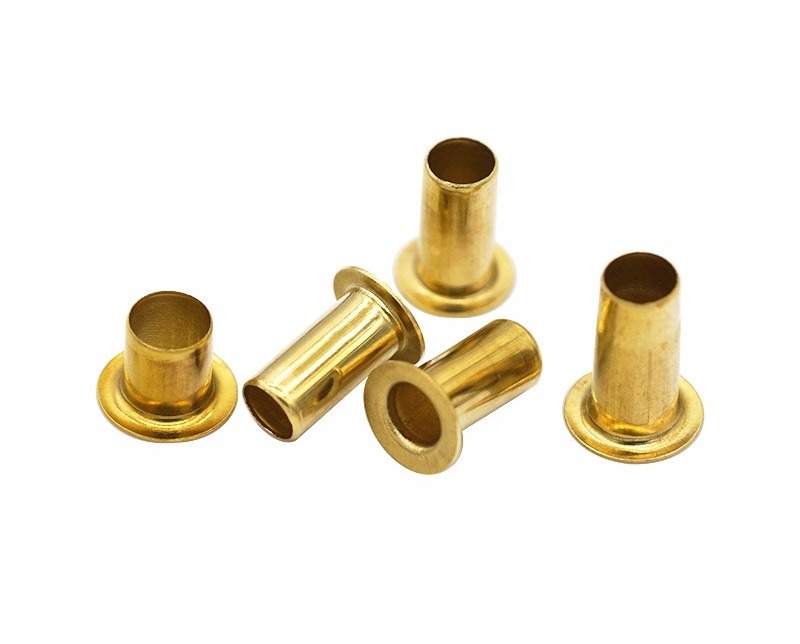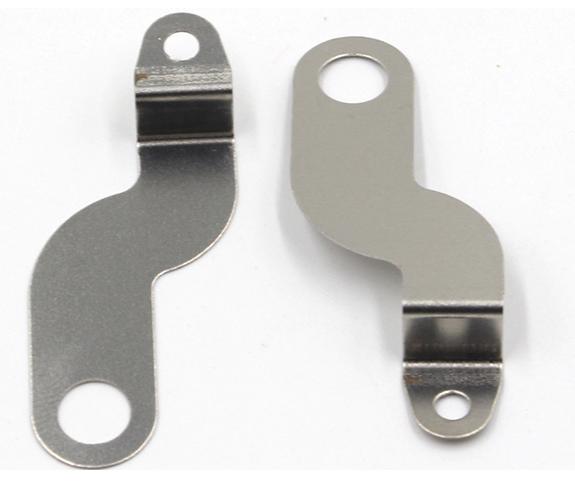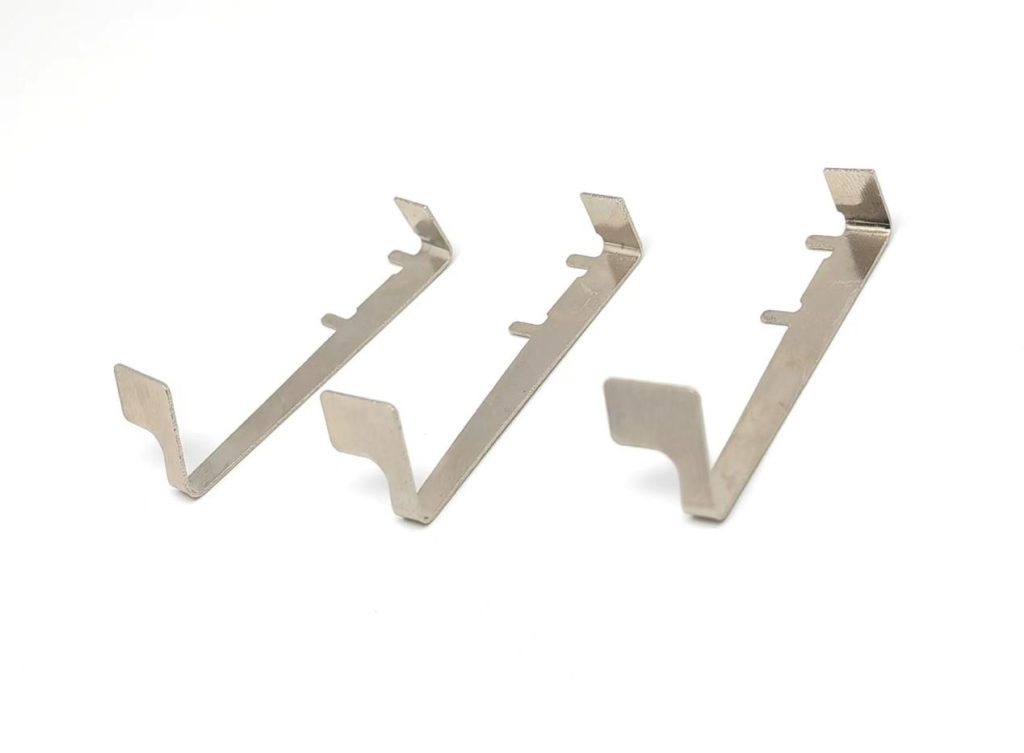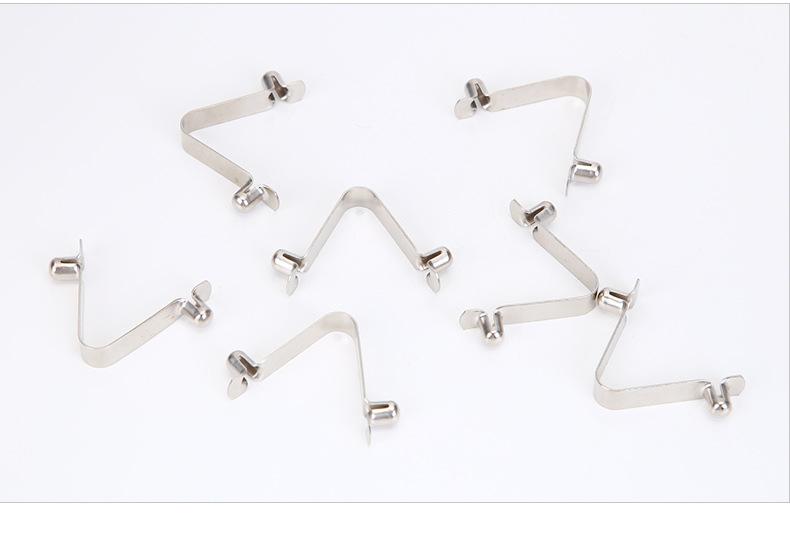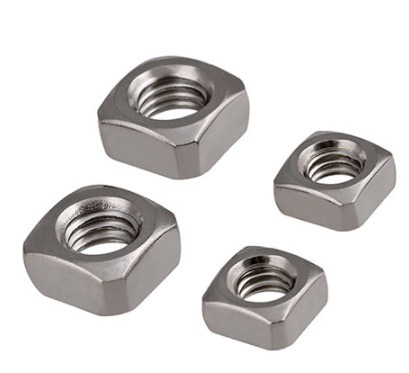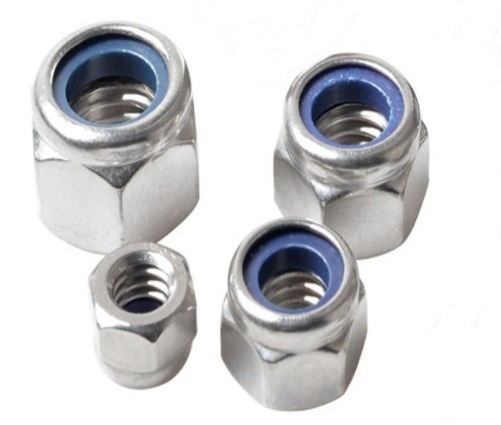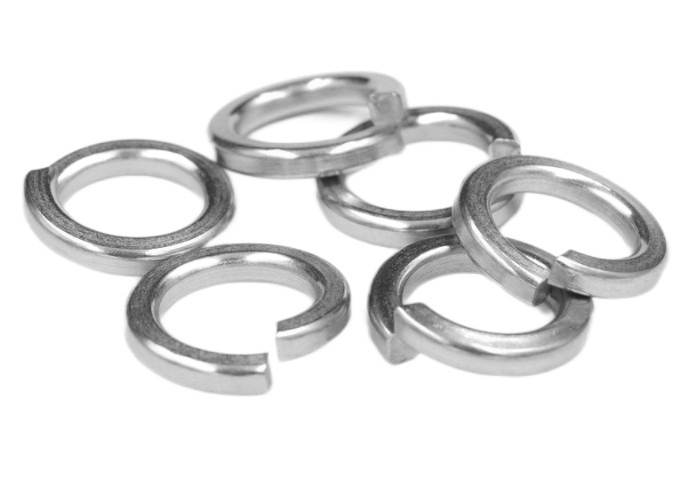What Are Three Important Elements Of the Metal Stamping Process?
Metal stamping is a procedure that shapes and forms metal into specified parts or components. It can be used to produce a wide range of metal components used in hardware, including hinges, locks, brackets, and other custom metal stamping parts.
The metal stamping process has three essential parts for the metal stamping process: stamping equipment, stamping molds, and sheet metal.
First, we study about steps of the metal stamping process.
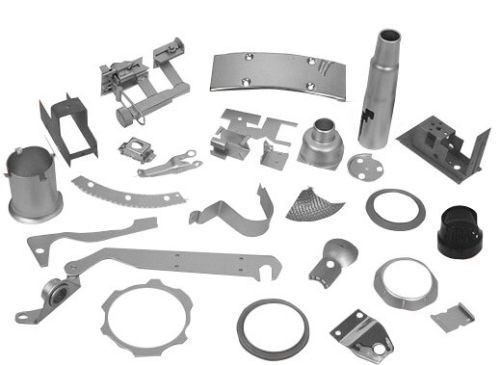
Steps Of the Metal Stamping Process
1. Create the tooling or die that will be used to shape the metal.
- A metal sheet or coil is fed into the stamping press.
- Applying pressure to the metal with a stamping press and specially designed tooling or die to cut or shape it
- Taking the completed item out of the stamping press

Molds Used In Metal Stamping Process
Stamping molds are classified into two types: progressive dies and transfer dies. Progressive dies are used for high-volume production runs of items that require numerous operations to be done in a single stamping process, such as punching, bending, and cutting. The metal sheet or coil passes through a sequence of stations as it proceeds through the stamping press, each of which performs a distinct operation on the metal until the finished product is complete.

Transfer dies, on the other hand, are utilized for larger, more complex items that necessitate numerous stamping operations on separate parts. Metal is transported from station to station in a transfer die using a mechanical arm or another transfer mechanism, allowing each process to be done on a distinct portion of the part.
Both progressive and transfer die are custom-designed for each unique part or component, which can be a complex and time-consuming operation. Stamping molds can also be expensive, especially for larger or more intricate products. Once the molds are in place, however, the stamping process is highly efficient and can create enormous volumes of parts rapidly and accurately.
Sheet Metal Used For Metal Stamping
Because of its versatility and malleability, sheet metal is a popular material. It is a thin, flat metal sheet that may be cut and molded into a variety of shapes and sizes. Steel, aluminum, brass, copper, and stainless steel are the most regularly used sheet metal materials for stamping.
Steel is the most commonly used metal stamping material due to its strength, durability, and inexpensive cost. It is widely utilized in the manufacture of components for the automotive, construction, and appliance sectors.
Because of its lightweight and good strength-to-weight ratio, aluminum is another common material for stamping. It is commonly utilized in the aerospace, automotive, and electronics industries.
Because of their great conductivity, brass, and copper are softer materials that are widely used for decorative and ornamental elements, as well as electrical components.
Because of its excellent strength, corrosion resistance, and longevity, stainless steel is a preferred material for stamping. It is frequently used to manufacture components for the medical, food processing, and aerospace industries.
The thickness of the sheet metal, in addition to the type of material utilized, is a significant aspect of the stamping process. Thicker sheets necessitate greater effort to shape and mold, whilst thinner sheets are more prone to wrinkling or ripping during the stamping process.
The sheet metal material used for metal stamping is determined by the exact application and specifications of the part or component being produced.

Equipment Used In The Metal Stamping Process
The stamping press, which is a machine that exerts high pressure on a metal sheet or coil to form it into a desired shape or form, is the most significant piece of equipment in metal stamping. Stamping presses are available in a number of sizes and configurations, including mechanical, hydraulic, and servo-driven models. The most common type of stamping press is a mechanical press, which is used for high-volume manufacturing runs of simpler items. For larger, more complex pieces that demand more precision and control, hydraulic and servo-driven presses are employed.
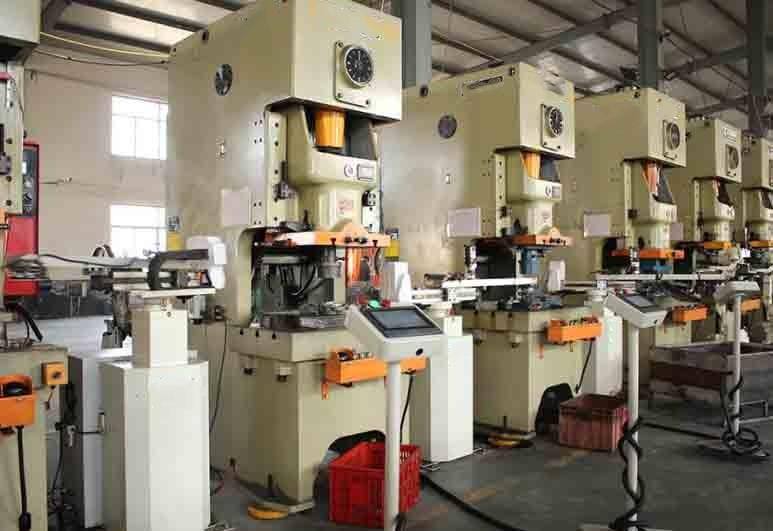
In addition to the stamping press, other metal stamping equipment includes:
Die or tooling
Metal dies and tooling is used to shape and mold metal items. Die material options include hardened steel, carbide, and ceramic.
Feeders
The mechanism that feeds the metal sheet or coils into the stamping press. Feeders, which can be pneumatic or mechanical, guarantee that the metal is fed into the press in a consistent and accurate manner.
Coil handling equipment
Metal coils used in stamping are managed and transported via uncoilers, straighteners, and recoilers.
Lubrication systems
Lubricants are applied to the metal to reduce friction and wear on dies and tooling.
Inspection equipment
Used to inspect final items for flaws and to ensure that they fulfill the standards.
Finishing equipment
Trimming, deburring, and polishing are all methods of finishing parts after stamping.
Metal stamping equipment is highly specialized, and trained operators are required to ensure that the stamping operation is carried out safely and properly. Technological advancements have resulted in the creation of more sophisticated equipment, such as high-speed stamping presses and computer-controlled die designs, which have increased the speed and precision of the metal stamping process.

